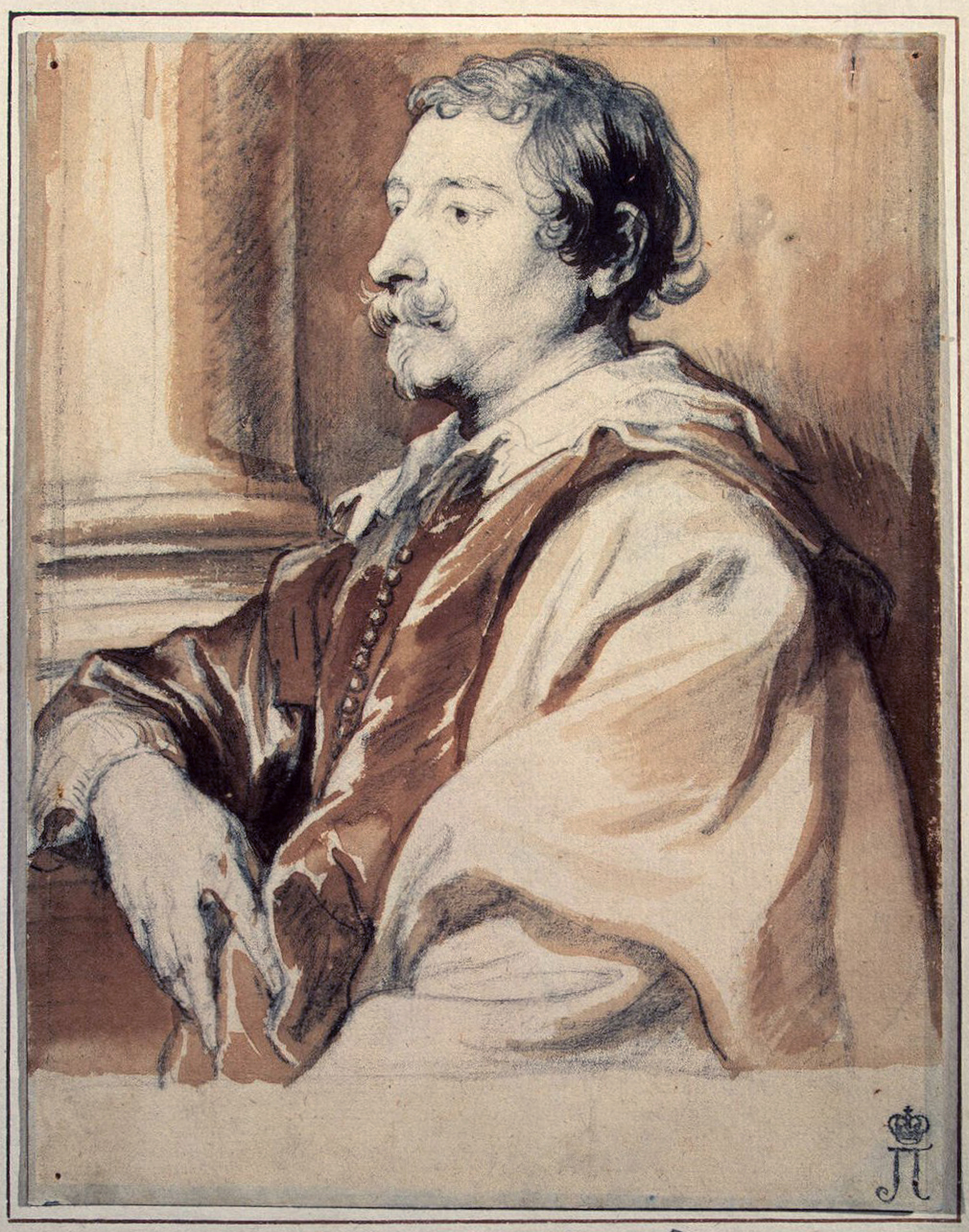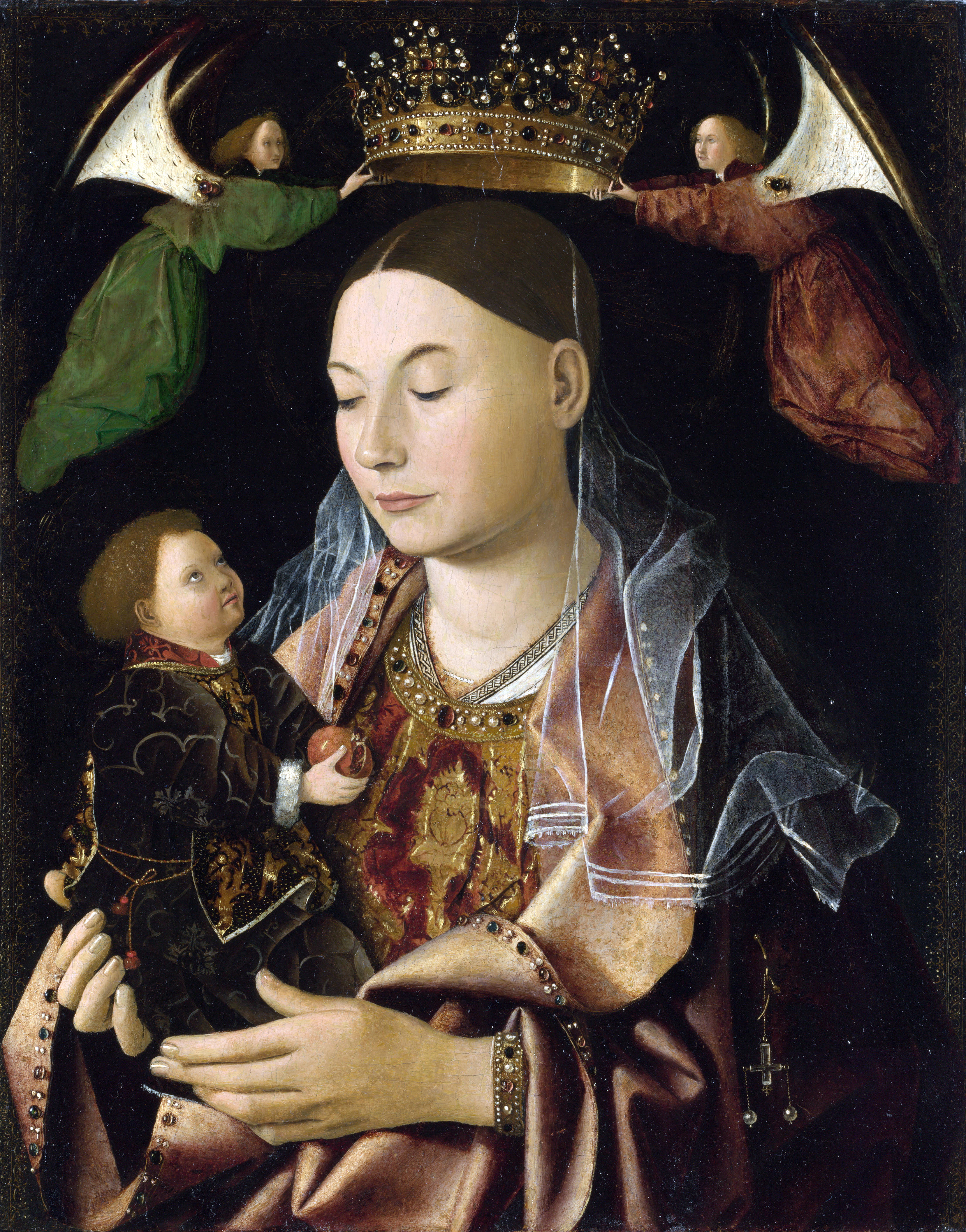|
Gallery Of Archduke Leopold Wilhelm In Brussels (Rothschild)
''Archduke Leopold Wilhelm and the artist in the archducal picture gallery in Brussels'' is a 1653 painting of Archduke Leopold Wilhelm's Italian art collection by the Flemish Baroque painter David Teniers the Younger. It is now held in a private collection, but it was previously owned by the Rothschild family, from whom it was taken in World War II and placed in the Kunsthistorisches Museum where it stayed for 50 years until restitution in 1999. The painting shows the Archduke as a collector with friends admiring a set of paintings. The artist himself holds his hat in his hand and is listening to his patron as the archduke gestures with his cane towards some recent acquisitions. The paintings are arranged in rows on the walls of an L-shaped room, with the men standing in front of a doorway with the words "TIMORE DOMINI" below a sculpted portrait of the archduke. Another set of paintings is positioned in the foreground leaning against chairs for inspection. This painting is da ... [...More Info...] [...Related Items...] OR: [Wikipedia] [Google] [Baidu] |
Private Collection
A private collection is a privately owned collection of works (usually artworks) or valuable items. In a museum or art gallery context, the term signifies that a certain work is not owned by that institution, but is on loan from an individual or organization, either for temporary exhibition or for the long term. This source is usually an art collector, although it could also be a school, church, bank, or some other company or organization. By contrast, collectors of books, even if they collect for aesthetic reasons (fine bookbindings or illuminated manuscripts for example), are called bibliophiles, and their collections are typically referred to as libraries. History Art collecting was common among the wealthy in the Ancient World in both Europe and East Asia, and in the Middle Ages, but developed in its modern form during the Renaissance and continues to the present day. The Royal collections of most countries were originally the grandest of private collections but are no ... [...More Info...] [...Related Items...] OR: [Wikipedia] [Google] [Baidu] |
Anthony Van Dyck
Sir Anthony van Dyck (, many variant spellings; 22 March 1599 – 9 December 1641) was a Brabantian Flemish Baroque artist who became the leading court painter in England after success in the Southern Netherlands and Italy. The seventh child of Frans van Dyck, a wealthy Antwerp silk merchant, Anthony painted from an early age. He was successful as an independent painter in his late teens, and became a master in the Antwerp guild in 1618. By this time he was working in the studio of the leading northern painter of the day, Peter Paul Rubens, who became a major influence on his work. Van Dyck worked in London for some months in 1621, then returned to Flanders for a brief time, before travelling to Italy, where he stayed until 1627, mostly in Genoa. In the late 1620s he completed his greatly admired ''Iconography'' series of portrait etchings, mostly of other artists. He spent five years in Flanders after his return from Italy, and from 1630 was court painter for the arch ... [...More Info...] [...Related Items...] OR: [Wikipedia] [Google] [Baidu] |
Jan Davidsz
Jan, JaN or JAN may refer to: Acronyms * Jackson, Mississippi (Amtrak station), US, Amtrak station code JAN * Jackson-Evers International Airport, Mississippi, US, IATA code * Jabhat al-Nusra (JaN), a Syrian militant group * Japanese Article Number, a barcode standard compatible with EAN * Japanese Accepted Name, a Japanese nonproprietary drug name * Job Accommodation Network, US, for people with disabilities * ''Joint Army-Navy'', US standards for electronic color codes, etc. * '' Journal of Advanced Nursing'' Personal name * Jan (name), male variant of ''John'', female shortened form of ''Janet'' and ''Janice'' * Jan (Persian name), Persian word meaning 'life', 'soul', 'dear'; also used as a name * Ran (surname), romanized from Mandarin as Jan in Wade–Giles * Ján, Slovak name Other uses * January, as an abbreviation for the first month of the year in the Gregorian calendar * Jan (cards), a term in some card games when a player loses without taking any tricks or scoring ... [...More Info...] [...Related Items...] OR: [Wikipedia] [Google] [Baidu] |
Royal Museums Of Fine Arts Of Belgium
The Royal Museums of Fine Arts of Belgium (french: Musées royaux des Beaux-Arts de Belgique, nl, Koninklijke Musea voor Schone Kunsten van België) are a group of art museums in Brussels, Belgium. They include six museums: the Oldmasters Museum, the Magritte Museum, the Fin-de-Siècle Museum, the Modern Museum, the Antoine Wiertz Museum and the Constantin Meunier Museum. The Royal Museums contains over 20,000 drawings, sculptures, and paintings, covering a period extending from the early 15th century to the present, such as those of Flemish old masters like Bruegel, Rogier van der Weyden, Robert Campin, Anthony van Dyck, Jacob Jordaens, and Peter Paul Rubens, making it the most popular art institution and most visited museum complex in Belgium. The Magritte Museum houses the world's largest collection of the works of the surrealist René Magritte. History Early history The museum was founded in 1801 by Napoleon and opened in 1803 as the Museum of Fine Arts of Brussels ( ... [...More Info...] [...Related Items...] OR: [Wikipedia] [Google] [Baidu] |
Cornelis Schut
Cornelis Schut (13 May 1597 – 29 April 1655) was a Flemish painter, draughtsman, engraver and tapestry designer who specialized in religious and mythological scenes. Presumed to have trained under Rubens, he treated Counter-Reformation subjects in a High-Baroque style. After a stay in Italy, he worked mainly in Antwerp where he was one of the leading history painters in the first half of the 17th century.Hans Vlieghe, ''Cornells Schut in Italy'' in Hoogsteder & Hoogsteder, 11 May 2010 Life [...More Info...] [...Related Items...] OR: [Wikipedia] [Google] [Baidu] |
Cornelis Schut - Susanna En De Ouderlingen - MSK Brussel 25-02-2011 12-46-56
Cornelis is a Dutch form of the male given name Cornelius. Some common shortened versions of Cornelis in Dutch are Cees, Cor, Corné, Corneel, Crelis, Kees, Neel and Nelis. Cornelis (Kees) and Johannes (Jan) used to be the most common given names in the Low Countries, and the origin of the term Yankees is commonly thought to derive from the term Jan-Kees for the Dutch settlers in New Netherland. Among the notable persons named Cornelis are: * Cornelis Engebrechtsz (c. 1462–1527), painter from Leiden * Cornelis Massijs (c. 1508–1556), painter from Flanders, Belgium * Cornelis Floris de Vriendt (1513/14-1575), architect and sculptor * Cornelis Cort (c. 1533–1578), engraver and draughtsman * Cornelis Corneliszoon (c. 1550–1607), inventor of the wind powered sawmill * Cor Dillen (c. 1920–2009), director of Philips and their CEO in South America * Cornelis van Haarlem (1562–1638), leading Northern Mannerist painter * Cornelis de Houtman (1565–1599), explorer who st ... [...More Info...] [...Related Items...] OR: [Wikipedia] [Google] [Baidu] |
Antonello Da Messina
Antonello da Messina, properly Antonello di Giovanni di Antonio, but also called Antonello degli Antoni and Anglicized as Anthony of Messina ( 1430February 1479), was an Italian painter from Messina, active during the Early Italian Renaissance. His work shows strong influences from Early Netherlandish painting, although there is no documentary evidence that he ever travelled beyond Italy. Giorgio Vasari credited him with the introduction of oil painting into Italy, although this is now disputed. Unusually for a southern Italian artist of the Renaissance, his work proved influential on painters in northern Italy, especially in Venice. Biography Early life and training Antonello was born at Messina around 1429–1431, to Garita (Margherita) and Giovanni de Antonio Mazonus, a sculptor who trained him early on. He and his family resided in the Sicofanti district of the city. Antonello is thought to have apprenticed in Rome before going to Naples, where Netherlandish painting was ... [...More Info...] [...Related Items...] OR: [Wikipedia] [Google] [Baidu] |
Antonello Da Messina Pala Di Cassiano 34
Antonello da Messina, properly Antonello di Giovanni di Antonio, but also called Antonello degli Antoni and Anglicized as Anthony of Messina ( 1430February 1479), was an Italian painter from Messina, active during the Early Italian Renaissance. His work shows strong influences from Early Netherlandish painting, although there is no documentary evidence that he ever travelled beyond Italy. Giorgio Vasari credited him with the introduction of oil painting into Italy, although this is now disputed. Unusually for a southern Italian artist of the Renaissance, his work proved influential on painters in northern Italy, especially in Venice. Biography Early life and training Antonello was born at Messina around 1429–1431, to Garita (Margherita) and Giovanni de Antonio Mazonus, a sculptor who trained him early on. He and his family resided in the Sicofanti district of the city. Antonello is thought to have apprenticed in Rome before going to Naples, where Netherlandish painting wa ... [...More Info...] [...Related Items...] OR: [Wikipedia] [Google] [Baidu] |
Carlo Saraceni
Carlo Saraceni (1579 – 16 June 1620) was an Italian early-Baroque painter, whose reputation as a "first-class painter of the second rank" was improved with the publication of a modern monograph in 1968. Life Though he was born and died in Venice, his paintings are distinctly Roman in style; he moved to Rome in 1598, joining the Accademia di San Luca in 1607. He never visited France, though he spoke fluent French and had French followers and a French wardrobe. His painting, however, was influenced at first by the densely forested, luxuriantly enveloping landscape settings for human figures of Adam Elsheimer, a German painter resident in Rome; "there are few landscapes by Saraceni which have not been attributed to Elsheimer," Malcolm Waddingham observed, and Anna Ottani Cavina has suggested the influences may have travelled both ways. and Elsheimer's small cabinet paintings on copper offered a format that Saraceni employed in six landscape panels illustrating ''The Flight of ... [...More Info...] [...Related Items...] OR: [Wikipedia] [Google] [Baidu] |
Judith With The Head Of Holofernes (Saraceni)
''Judith with the head of Holofernes'' is a 1610–1615 painting by the painter Carlo Saraceni, now held in the Kunsthistorisches Museum in Vienna. The painting is typical of Saraceni's first decade in Rome where he became influenced by Caravaggio. His use of candlelight is illustrative of the chiaroscuro used by the tenebrists in this period. Another autograph copy is known in the Dayton Art Institute. This painting was documented in David Teniers the Younger's catalog ''Theatrum Pictorium'' of the art collection of Archduke Leopold Wilhelm in 1659 and again in 1673, in , 1673 but the portrait had already enjoyed notoriety in Teniers' portrayals of the Archduke's art collection: [...More Info...] [...Related Items...] OR: [Wikipedia] [Google] [Baidu] |
Carlo Saraceni 001
Carlo is a given name. It is an Italian form of Charles. It can refer to: *Carlo (name) *Monte Carlo *Carlingford, New South Wales, a suburb in north-west Sydney, New South Wales, Australia *A satirical song written by Dafydd Iwan about Prince Charles. *A former member of Dion and the Belmonts best known for his 1964 song, Ring A Ling. *Carlo (submachine gun), an improvised West Bank gun. * Carlo, a fictional character from Animal Crossing: Pocket Camp * It can be confused with Carlos * Carlo means “man” (from Germanic “karal”), “free man” (from Middle Low German “kerle”) and “warrior”, “army” (from Germanic “hari”). See also *Carl (name) *Carle (other) *Carlos (given name) Carlos is a masculine given name, and is the Portuguese and Spanish variant of the English name ''Charles'', from the Germanic ''Carl''. Notable people with the name include: Royalty *Carlos I of Portugal (1863–1908), second to last King of P ... {{disambig Italian ... [...More Info...] [...Related Items...] OR: [Wikipedia] [Google] [Baidu] |






